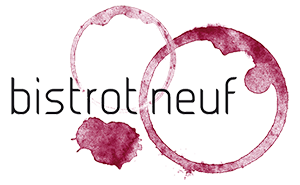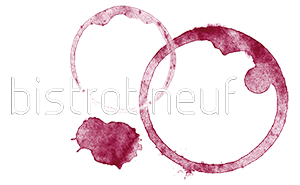Diner for everyone
It serves as a food source for many animal species around the world including humans. Where animals make no distinction, humans are still a bit more choosy in structure and taste.
There are about twenty European snail species that are eaten in restaurants and are still seen as a delicacy. There are of course many more types that do not make it onto the menu, but do end up in people’s homes. Usually these are simply caught from your own garden.
These are the best known edible snails:
- The Burgundian or Vine snail (Helix pomatia Linné)
- Escargot Petit-Gris (Helix Aspersa Muller)
- Escargot Gros-Gris (Helix Asperga Maxima)
- Turkse Segrijn-Escargot (Helix Lucorum)
What is an escargot?
The escargot is a cooked land snail and also the literal translation of the word snail into French. Originally a specialty of French cuisine, it can still be found on the menu in many restaurants worldwide.
Snails live all over the world, both in land and on the water. The largest part lives in the sea or in fresh water and a smaller group we encounter on dry land.
We see them with their houses and of course the famous slugs. Some use lungs for oxygen, others use gills. And you have scavengers, herbivores, snails that only eat dead organic matter, and there are even hunting carnivorous snails.
Can you eat any snail?
In principle yes, but whether it also tastes is a second. For commercial sale, you can only eat a snail if the intestinal tracts are clean (empty) and the snail is sand-free. For example, growers feed their snails flour for sale, which gives a lactifying effect. The snails are then rationed, withdrawn and shut off their house. The snails are clean and ready for consumption.
Tough guys
The first recognizable snails were found 600 million years ago. So they have survived many destructive situations and have been evaluated in all directions. Already in prehistoric times, it was a delicacy for the elite. In the Middle Ages, the snails were mainly bred by monks in large quantities, because vine snails were not counted as food during fasting.
In one of the very first cookbooks “Ménagerie de Paris”, a French cuisinier wrote in 1393: “The escargot soup is for the poor, The little snails fried in oil were reserved for the rich.”
Escargot as a superfood
Escargots are low in calories, packed with protein and rich in calcium, iron and minerals. If there is sustainable, organic and therefore traditional craftsmanship, there is also little to no environmental impact in the cultivation process.
“Healthy food with minimal environmental impact,
Escargots are therefore a true Superfood “
The white caviar: pearls of France
The caviar of snail eggs is called “Caviar d’escargot” or “White Caviar” in France. The commercial name is “Perles de France” or a derivative thereof. The snail delivers 4 grams of snow-colored eggs at a time.
Harvesting and preparing these eggs is quite a job. Piece by piece, they are selected by size, shape and color. They are then treated and packaged under optimal conditions. This intensive job is of course expensive: you pay about € 1500 or more per kilo.
Watch our video
Watch our short video below about a local, passionate lady breeding snales for us, explaining how a quality life is important to the quality on the plate:






